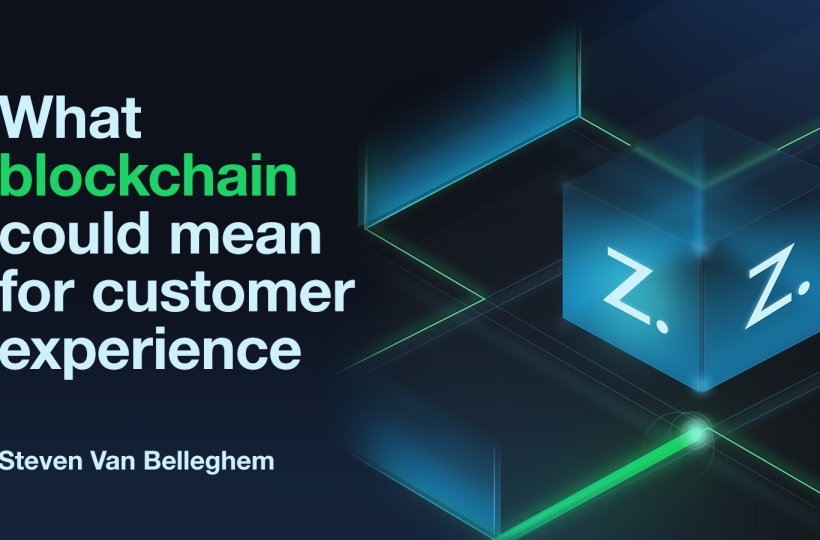What blockchain could mean for customer experience

My friction hunting concept
If you would like to hear more about my friction hunting concept, check this video:
Reducing friction in airports
One of my top favorite speakers during our Nexxworks Web3 inspiration tour was Irra Ariella Khi from Zamna, a company that organizes secure identity for aviation, traditionally one of the most friction-heavy services. If you have ever taken a plane, you know that – depending on where you go and especially since COVID – you need to fill in and show a high number of travel documents: like a visa-application, one or more PLFs, covid-safe documents, passport or identity card etc. It’s a real hustle, right? Well, Zamna allows to verify all of this traveler health and identity data through a blockchain-driven Web3 solution before even arriving to the airport. So no new processes needed, no extra apps and not even customer onboarding.
Imagine if you’re an airline company, how this could make the experience of your customers so much better. How frustrations would plummet. How your NPS could go up. How your brand value would rise.
On the other hand, it is also important to realize that Web3 and blockchain are not the magical solution for all customer experiences. I loved how Irra warned the audience never to build “a solution looking for a problem”, meaning that too many people view blockchain as a shiny new toy or even a beautiful, almost religious idea without thinking about essentials like experience, cost or efficiency. I’ve noticed this all too much over the past months, where Web3 seems to be regarded as an almost abstract utopian technology that will solve all of the social and experiential problems of Web2 (Big tech and social media). For me, the breakthrough application here will be the one that offers real value to customers and is convenient, fast, efficient, reduces cost and integrates programmable trust.
Do YOU need blockchain?
So when is blockchain a useful case for customer experience? Well, according to Irra, there are three questions you need to ask yourself before deciding if that technology is useful for what you are trying to achieve:
- Is there fragmentation? In very fragmented systems, such as with siloed data streams for airlines, users need to input similar data several times. That’s very frustrating, right? Well, blockchain works well in environments where you need to translate between all of these systems.
- Are there middle men or middleware? These can sometimes cause more friction than they take away, right? Also, if the value is going to someone else than the end user, that’s where blockchain can play an efficient role. That’s for instance why fintech is a great use case, where blockchain-integrated trust replaces the role of banks as trustworthy middle men.
- Do you need to track something from A to B? Maybe this one is less related to friction hunting, but provenance is a part of CX: tracking and thus knowing where something originated and how safe it is (in case of for instance food) or how ethical (in the case of clothes or diamonds), is increasingly important for consumers. These types of real issues are a great use case for blockchain solutions too.
So the bottom line is this: though there still are many gimmicky blockchain stories around and there is often more talk about ideas than use cases, blockchain can be really useful for hunting and removing friction. It’s up to you to find out if that’s the case for your company.
